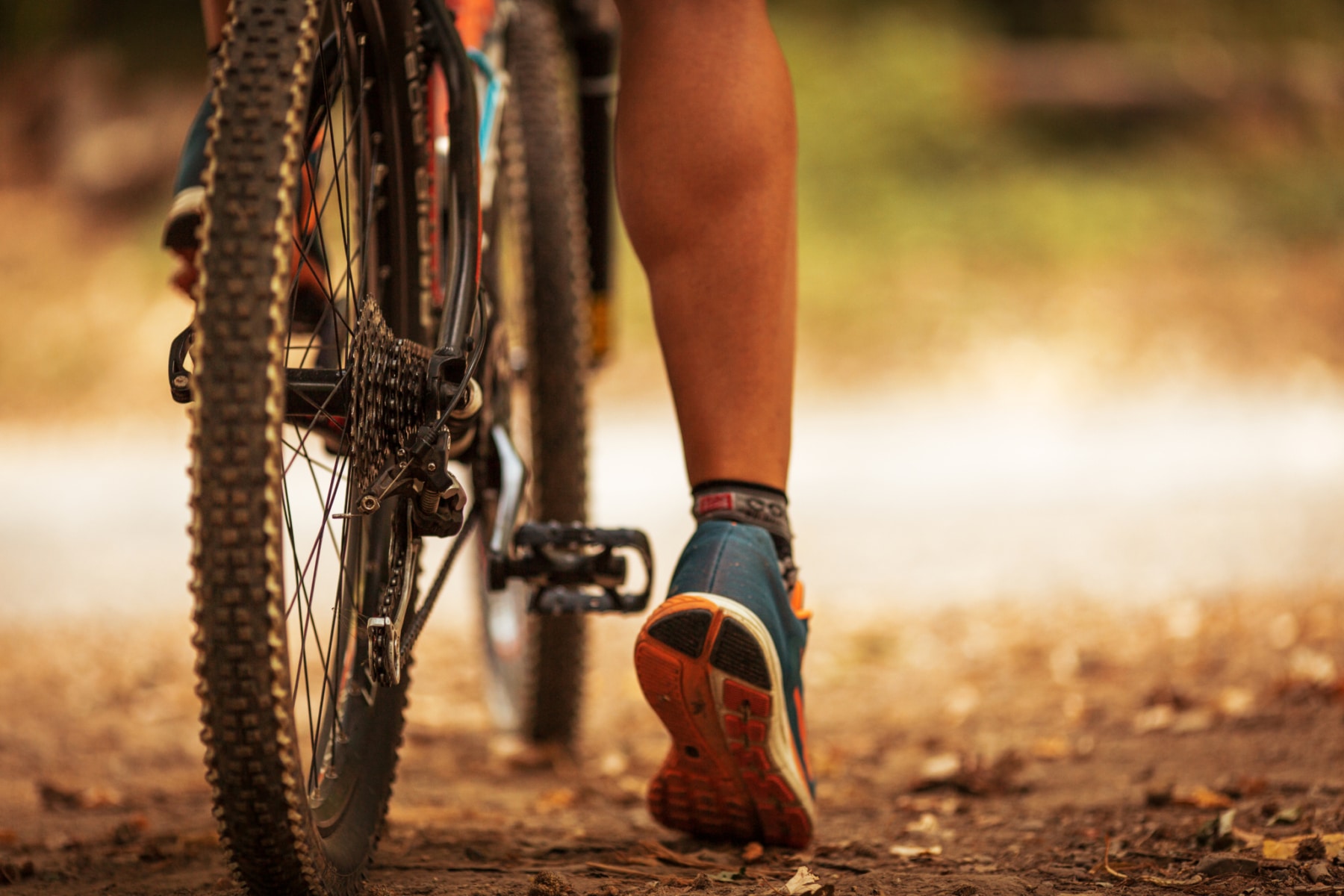About Park Springs Bike Trail
The Park Springs Bike Trail is a recreational trail located in Bentonville, Arkansas. The trail is a 1.5-mile loop that winds through Park Springs Park and is suitable for walking, running, biking, and rollerblading. The Park Springs Bike Trail is paved and is popular with people of all ages. The trail is open from dawn to dusk and is free to use. It is recommended that you bring water and wear appropriate clothing and footwear when visiting the Park Springs Bike Trail.
It is also important to follow trail etiquette and respect the natural environment while using the trail. The Park Springs Bike Trail is located at Park Springs Park, which is situated on the east side of Bentonville. There is a parking lot at the trailhead and restrooms are available. The Park Springs Park also features a playground, a pavilion, and a disk golf course. The park is a great place to enjoy the outdoors and get some exercise.
Mountain biking trails can vary in difficulty, and are often classified into different levels to help riders choose a trail that is appropriate for their skill level. Here are some common levels of mountain biking trails:
- Beginner: Beginner trails are typically smooth and relatively flat, with few obstacles or technical features. These trails are suitable for riders who are new to mountain biking or who want to improve their skills.
- Intermediate: Intermediate trails may have some steep or rocky sections, as well as some technical features such as switchbacks or small jumps. These trails are suitable for riders who have some experience and are looking for a bit more of a challenge.
- Advanced: Advanced trails are typically very steep and rocky, with numerous technical features such as large jumps, drops, and tight turns. These trails are suitable for experienced riders who are comfortable with challenging terrain.
- Expert: Expert trails are the most difficult level of mountain biking trails and are typically reserved for experienced riders who are comfortable with very challenging terrain and technical features.
It is important to choose a trail that is appropriate for your skill level and to be aware of your own abilities when mountain biking. It is also important to follow trail etiquette and respect the natural environment while using the trails.
There are several factors to consider when choosing a mountain bike trail that is right for you:
- Skill level: Choose a trail that is appropriate for your skill level. If you are a beginner, look for a trail with smooth, relatively flat terrain. If you are an experienced rider, you may be comfortable with more challenging trails.
- Physical ability: Consider your physical abilities and choose a trail that is within your comfort zone. If you are not in good physical condition, choose a shorter or less strenuous trail.
- Trail length: Consider how much time you want to spend on the trail. If you don’t have a lot of time, choose a shorter trail. If you want a longer ride, choose a longer trail.
- Trail type: Consider the type of terrain you want to ride on. Do you prefer smooth, flowy trails or more technical, rocky trails?
- Location: Choose a trail that is convenient for you to access. If you live in a city, you may have more options for shorter, urban trails. If you live in a rural area, you may have more options for longer, backcountry trails.
By considering these factors, you can choose a mountain bike trail that is right for you and your abilities. It is also important to follow trail etiquette and respect the natural environment while using the trails.
Here are some things you should consider bringing on your mountain bike trip:
- Water and snacks: It is important to stay hydrated and fueled while on the trail. Bring plenty of water and snacks such as energy bars or fruit to keep your energy levels up.
- Repair kit: It is a good idea to bring a repair kit that includes a spare inner tube, tire levers, a multitool, and a pump.
- First Aid Kit: A small first aid kit is a good thing to have on hand in case of minor injuries or emergencies.
- Helmet: Wearing a helmet is essential for mountain biking. Choose a helmet that fits properly and meets safety standards.
- Protective gear: Depending on the terrain and your personal preferences, you may want to bring additional protective gear such as knee pads, elbow pads, or gloves.
- Appropriate clothing and footwear: Wear clothes that are comfortable and suitable for the weather. Choose shoes that are sturdy and provide good grip and support.
- Maps and a GPS device: It is a good idea to bring a map of the area or a GPS device to help you navigate and stay on the right trail.
By bringing these items, you can be prepared for any situation that may arise





